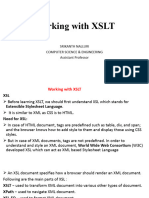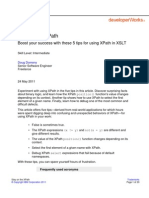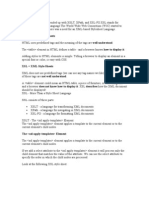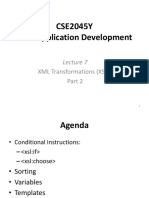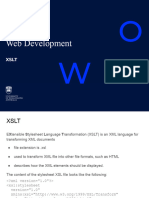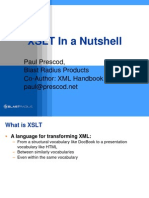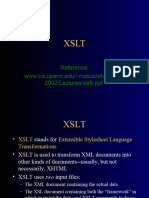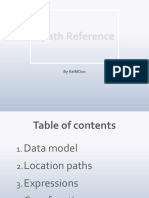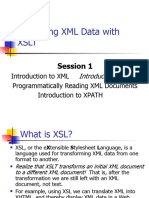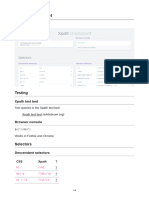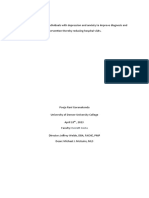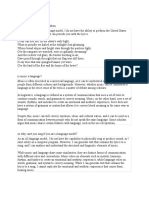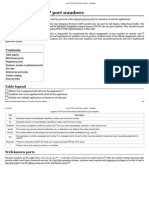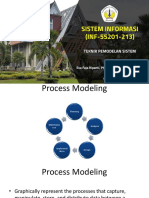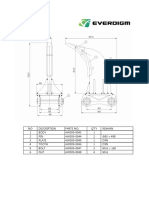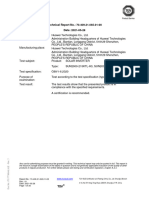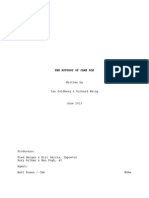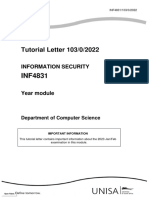0% found this document useful (0 votes)
231 views3 pagesUniver - XSLT 2 0 Cheat Sheet
This document provides a cheat sheet for common XSLT 2.0 elements and functions for transforming XML documents. It lists over 50 elements such as <apply-templates>, <attribute-set>, <choose>, <copy-of>, and <value-of>. It also details XSLT selectors like nodename, /, //, ., and .. to select nodes. Finally, it outlines over a dozen functions for working with numeric values, strings, nodes, and more like number(), abs(), ceiling(), and base-uri().
Uploaded by
moxoCopyright
© © All Rights Reserved
We take content rights seriously. If you suspect this is your content, claim it here.
Available Formats
Download as PDF, TXT or read online on Scribd
0% found this document useful (0 votes)
231 views3 pagesUniver - XSLT 2 0 Cheat Sheet
This document provides a cheat sheet for common XSLT 2.0 elements and functions for transforming XML documents. It lists over 50 elements such as <apply-templates>, <attribute-set>, <choose>, <copy-of>, and <value-of>. It also details XSLT selectors like nodename, /, //, ., and .. to select nodes. Finally, it outlines over a dozen functions for working with numeric values, strings, nodes, and more like number(), abs(), ceiling(), and base-uri().
Uploaded by
moxoCopyright
© © All Rights Reserved
We take content rights seriously. If you suspect this is your content, claim it here.
Available Formats
Download as PDF, TXT or read online on Scribd
/ 3



